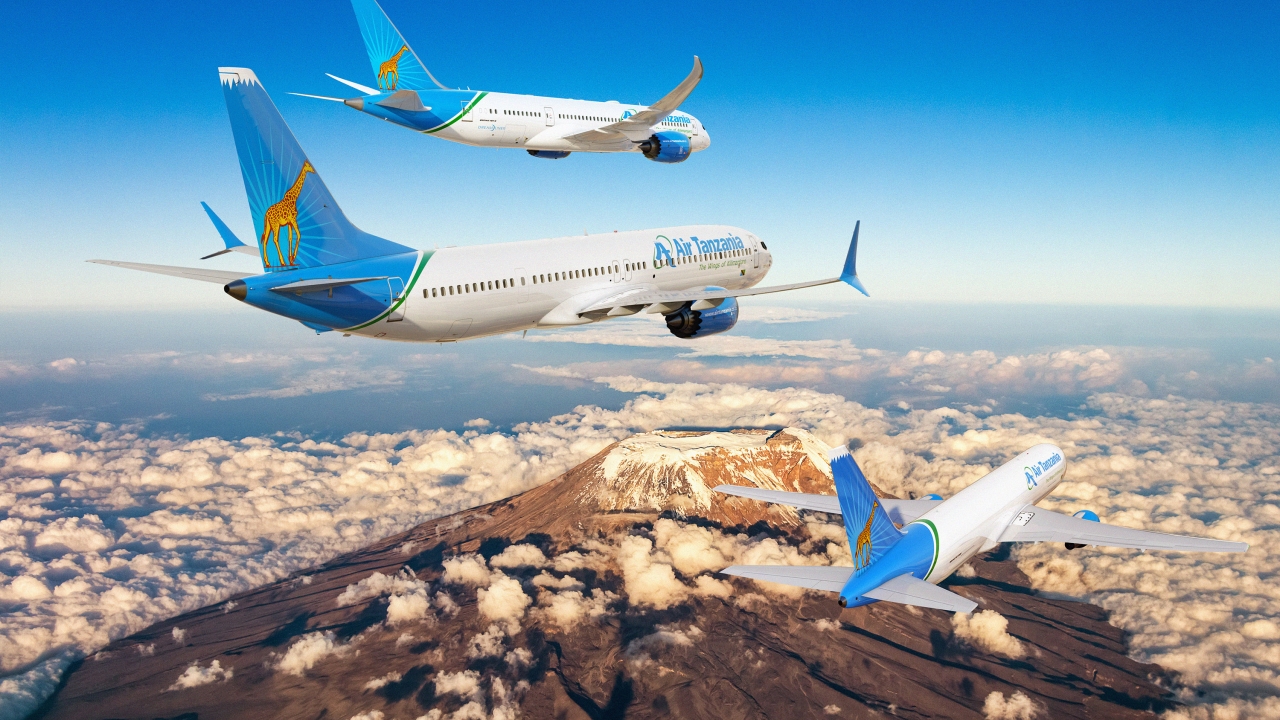Aerospace on a roll in Morocco
Morocco’s aeronautical ecosystem continues to grow, integrating new operators and new technologies. Anuradha Deenapanray and Vincent Chappard spoke to Karim Cheikh, the new president of Morocco’s aeronautical and space industries group (GIMAS).

Since the early 2000s, Morocco has been attracting aerospace equipment manufacturers and French SMEs like Safran Group, Zodiac Aerospace and Daher.
In 2014, new international groups such as Bombardier, Eaton, Stelia Aerospace, Alcoa and Latecoere joined in.
Today, aviation activity in the kingdom keeps on growing with more incentives given to investors.
“Last year witnessed 20% growth, mainly organic, which was the strongest performance for a decade,” said Karim Cheikh, the new president of GIMAS.
“Our ecosystem has also been enriched by the establishment of key players, who are setting up or completing the missing links in the global aerospace supply chain.”
One example of this was Thyssenkrupp Materials Services, which announced the construction of a sales and production site to strengthen its aerospace business. “This new site underscores our ambition to be a reliable and solid partner for our customers,” explained CEO Joachim Limberg.
Hexcel has launched its new production site in the MidParc Free Zone in Casablanca. At the inauguration, Moulay Hafid Elalamy, Minister of Industry, Trade Investment and Digital Economy, welcomed the development, emphasising that engine ecosystems and composite materials were significantly creating added value, which Hexcel would help support and strengthen.
Four ecosystems have been launched in the aeronautics sector as part of the industrial acceleration plan. These include assembly, electrical wiring and harness (EWIS), MRO, and engineering.
For Cheikh, each ecosystem has its own challenges. “We must further integrate new technologies and strengthen local integration in the industrial fabric,” he said.
Daher has inaugurated its new industrial site in Tangier. After more than15 years of operation in Morocco, the equipment manufacturer is now present through three sites.
“Our main intention is to improve the performance of our supply chain, to gain more maturity and added value,” added Cheikh.
The new 3D metal printing plant inaugurated by the Moroccan authorities and Thales in the free zone of MidParc constitutes a major breakthrough in technologies of the future. It specialises in 3D laser aluminium and titanium printing. This plant epitomises the ambition of Thales in Africa.
Morocco’s prospects for the coming years are positive and encouraging as it has a solid order book. This organic growth will double the turnover of the export sector to reach $2 billion within five years.
GIMAS wants the dynamism in this key sector of the country’s economy to gain more momentum.
“We want to expand in sectors driven by the future aircraft technology, composite, embedded electronics and MRO,” underlined Cheikh.
Morocco also wishes to forge cooperative ties with other regions and, in particular, with the Middle East. Morocco and the UAE signed several agreements during the fifth session of the joint Morocco-UAE commission.
Several Emirati companies have expressed interest in investing in Morocco, particularly in the aeronautics sector, due to its geographical proximity with the European Union and the United States. Moroccan companies will also explore investment opportunities in the UAE, which is a leading logistics platform for western Asia.
For Cheikh, the sector faces continuous challenges, which necessitate improved technical and industrial skills. Hence, there’s a huge demand for training to meet the needs of the growing industry as well as global aerospace industry standards.
GIMAS is going to tackle the innovation challenge through the recently launched Moroccan aerospace cluster.
Stay up to date
Subscribe to the free Times Aerospace newsletter and receive the latest content every week. We'll never share your email address.

